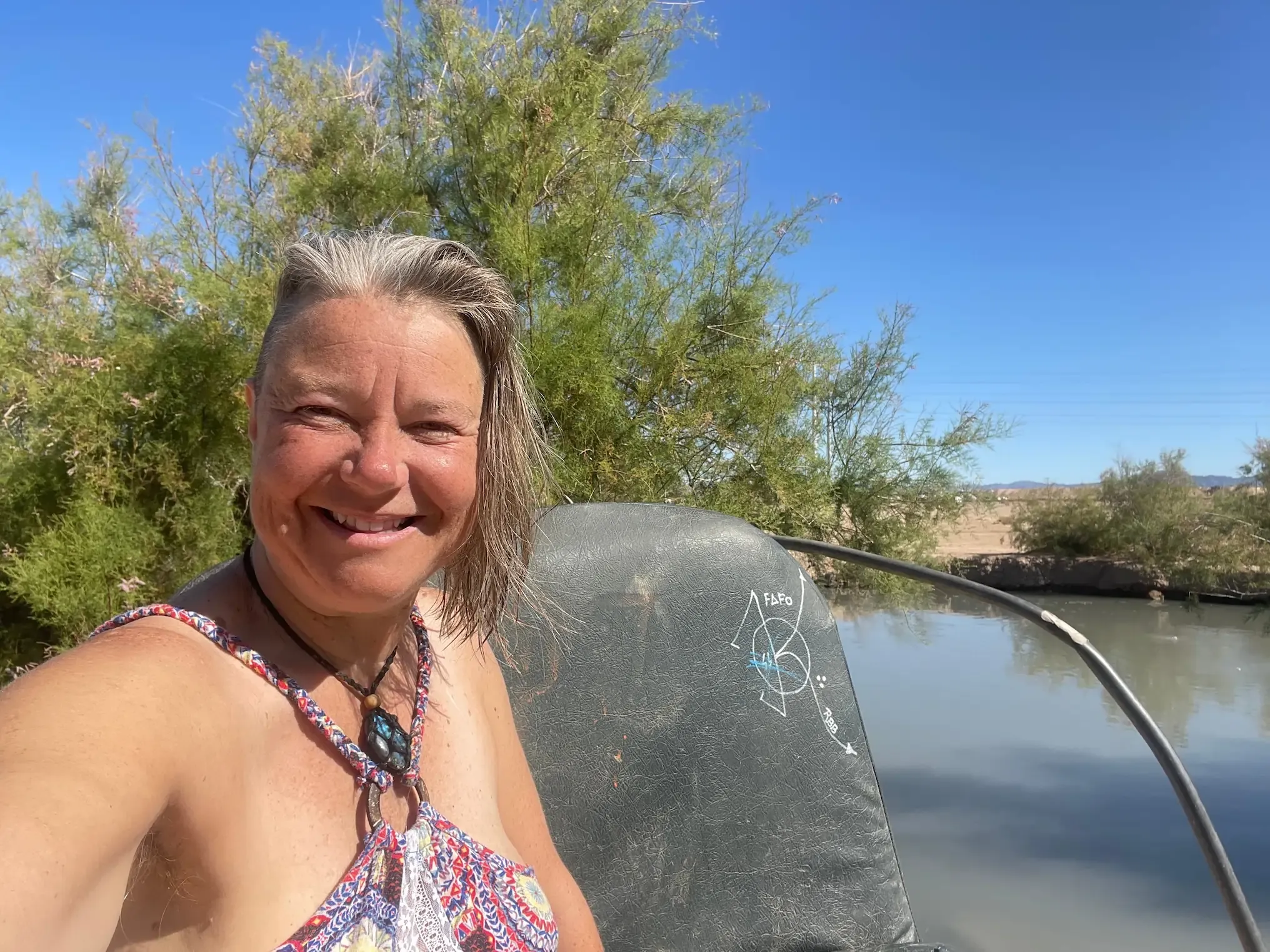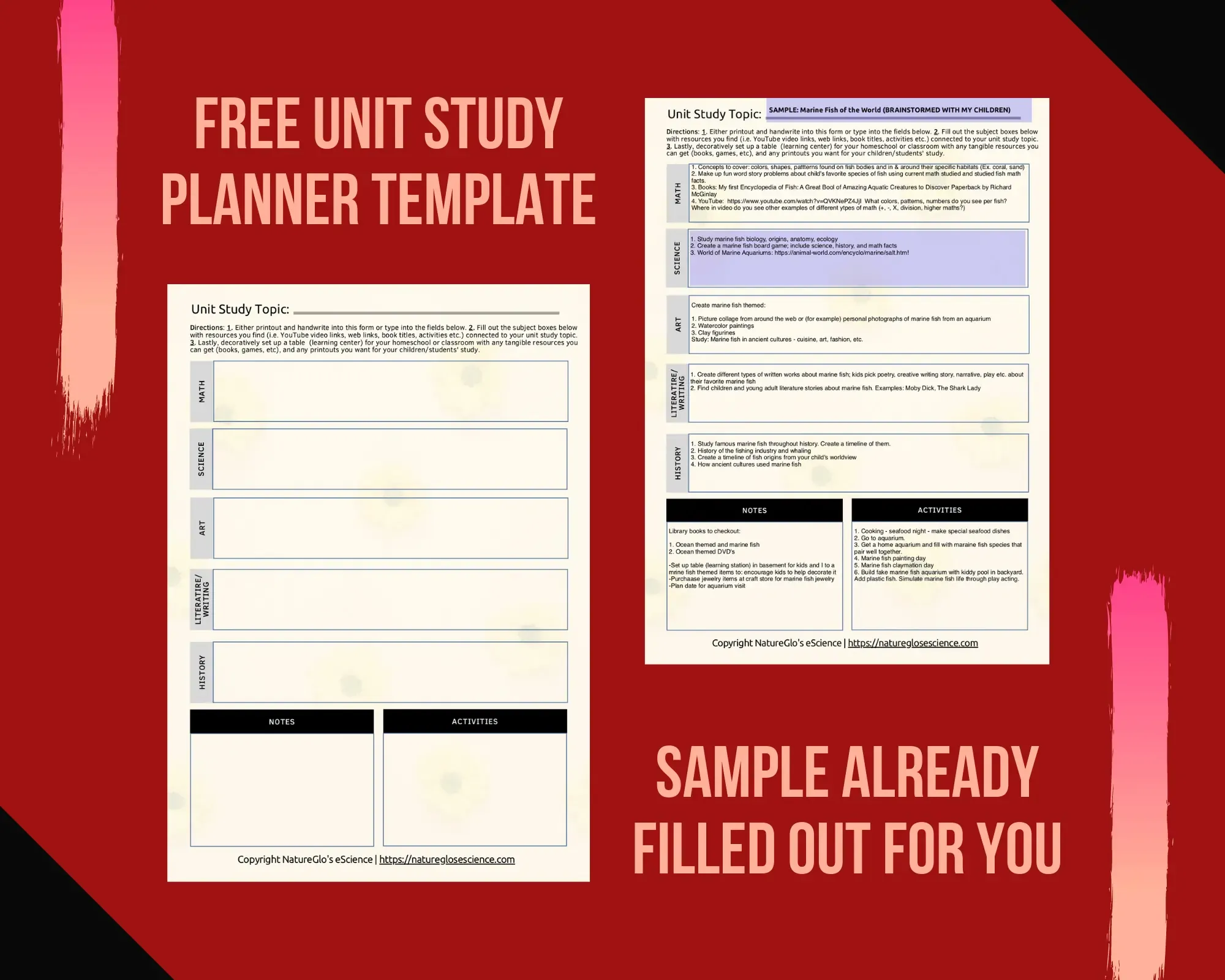How to Create a Sea Turtle Unit Study
Sea turtles are gentle charismatic creatures of the sea. Children love to learn about these mesmerizing sea creatures.
Since 2015, my online homeschool learners and I have fine-tuned a method of sea Turtle online unit study that I believe you're going to LOVE in addition to your created unit study.
This guide will help you create a sea turtle unit study tailored to your learners interests.
Want my help with your sea turtle unit study?
In addition to creating or enhancing your own family's tailored sea turtle unit study, you can enjoy NatureGlo's eScience Sea Turtle Online Unit Study, great for multi-ages 8 and up.
Step #1 - Get Sea Turtle Unit Study Living Books
What are "living books"?
Living books are the opposite of a textbook and typically told in a story format. Humans learn best through stories. In textbooks, you get the bare bone facts with perhaps a few interesting illustrations. Typically, older grades get less images in their textbooks.
In contrast to textbooks, living books are written by authors with a passion for the topic or by someone who has experienced the topic.
Here are a few great living books about sea turtles that you can explore from Archive.org, a free online library. You can read any of the books for free after setting up a free account on Archive.org.
Tips for Using Archive.org for a Sea Turtle Unit Study
- After setting up your free Archive.org, click the Archive.org logo in the upper left-hands side of the site. It will give you the search bar.
- Enter the title or keywords that you want in the search bar.
- A list of books will come up. Browse the titles.
- Select the book that you want.
- Additionally, you can favorite the book by clicking the star icon, or create a books list. I personally like the book list feature as it allows one to easily find the books more so than the favorited feature does.
Children of all ages can enjoy the following sea turtle stories.
One hack to get the olders into the sea turtle stories is by inviting them to read aloud to their younger siblings.
Alternatively, you can bring up the following stories on a large screen or device and have a read aloud together as a family from the screen.
After your family discovers which sea turtle storybooks are your favorite, you can get them at the library and, or, purchase them from your favorite online or brick and mortar bookseller.
One Tiny Turtle by Nicola Davies (ages 4 and up)
This beautiful watercolor illustrated story follows the journey of a young loggerhead sea turtle hatchling. The story begins with its life found in a seaweed float until it's an adult mother laying eggs on her home beach.
READ IT HERE for free on Archive.org.
The Green Sea Turtle by Chris Meramac
READ IT HERE for free from Archive.org.
This charming short story is about how a young boy and his father discover a group of newly hatched baby sea turtles. The boy ends up rescuing the sea turtles by scaring off a large group of seagulls who were feasting on the baby turtles.
During this rescue, the boy's father teaches him about how baby sea turtles survive in the great sea.
Every Turtle Counts by Sara Hoagland Hunter
READ IT HERE for free on Archive.org.
Every Turtle Counts is the story of how a young heroic autistic girl rescues the rarest sea turtle on earth, the Kemp's Ridley sea turtle.
The Voyage of Turtle Rex by Kurt Cyrus
READ IT HERE for free on Archive.org.

The Voyage of Turtle Rex is the story of the land an sea turtles great ancestor found in fossil form called the archelon. It is told in poetic form.
Step #2 - Have a Family Discussion
After each read aloud, discuss the book together with the following question prompts:
PLEASE NOTE: You may discover that you don't need any of the questions prompts below and that the children naturally have a discussion of their own inspired by the book.
Feel free to use the questions below if the children fall dead silent after the book read aloud.
- What was your favorite part in the book?
- What did you not like about the story?
- Who was your favorite character?
- Least favorite character?
- How would you change the story or its ending?
Allow a free flow of conversation to occur after these jumpstart questions.
Doing a storybook read aloud can take the pressure off of traditional academic learning. Children learn so much more from stories than they do from any textbook.
After reading through any of the sea turtle living books, have a family discussion about what the children would like to learn about sea turtles. Assemble a list of topics the children are most interested in learning about them.
Want my help planning your sea turtles unit study?
DOWNLOAD HERE NatureGlo's free Unit Study Planner template.
Step #3 - Research and Gather Sea Turtle Resources
After you have your list of specific sea turtle unit study topic ideas that interest your children, go to the library or go back to Arhive.org and get more books focused on the sea turtle topics your learners are most interested in.
If you can't find specific books about your children's specific topics of interest, search online for resources that enhance the interested topics.
Sea Turtle Unit Study Resources Can Include:
- Library books
- Comic books
- Digital books (such as from Archive.org)
- Internet resources: YouTube videos, web links, pdf downloads
- Sea turtle games
- Art supplies: (paint, clay, colored pencils, constructions paper etc.)
- Kiddie pool with toy sea turtles
Step #4 - Set Up the Sea Turtle Unit Study Learning Environment
Have your kiddos help you brainstorm fun and creative ideas on how to set up your home indoor and outdoor learning environment about sea turtles.
Tips for setting up the sea turtle unit study learning environment:
- Dedicate one room or area in your home where you can lay out the resources.
- Arrange tables, bean bags, and floor space.
- Lay out the sea turtle learning materials making the area inviting for the children to explore their favorite topics.
- Invite the children to create sea turtle art to mount on the walls.
Step #5 - Allow Free Exploration of the Sea Turtle Unit Study Materials
Give the children time to practice child self-directed learning by freely exploring and using the sea turtle unit study resources. This can be done before during and after you do any kind of official "teaching", depending on your homeschool style.

If you're using NatureGlo's eScience Sea Turtles Online Unit Study, have a dedicated space with a computer or device set up. In this dedicated space, the children can collectively or one-by-one go through the online unit study.
Why Allow Child Free Play of the Learning Materials?
Allowing child free play of the materials preferably before instructions can show you where your kids' greatest interests lie in the subject.
How to Observe Children During Free Play
Once your kids are freely interacting with the sea turtle unit study materials, casually observe them without interrupting or trying to interact with them. Kindly turn down any invitations to play along with them. You can be engaged with a book or be doing something else on your device.
By not interrupting their free play this will reveal what they gravitate to without adult interference. This information will yield great ideas on what to focus on during their sea turtles unit study formal instruction, if you so choose to do that. Oh, and while you're looking at your device, write down your observations. Add their learning discoveries and interests to your notes.
Watching your children play can also give you ideas on what sea turtle resources you can add next to enhance their learning experience.
Step #6 - Teach the Sea Turtle Unit Study
Schedule a time during your week to teach the sea turtles unit.
- Use NatureGlo's free unit study planner and plan out your sea turtle unit study lessons.
- Begin with a living book read aloud.
- Discuss the book.
- Have the children choose to do any sea turtle activities that they want.
- Go on a field trip to your local aquarium.
Step #7 - Record the Sea Turtle Unit Study
After each day's lesson, record what you accomplished using NatureGlo's free Unit Study Planner template. Collect the children's work and artwork and save them in a portfolio per child.
Extract what you need from the learning experience for your state records and reporting.
Conclusion
My belief is that this article will help equip you to create an inviting sea turtle unit study tailored to your family's specific interests that your kids will love! There are a plethora of free resources that you can acquire from the library and the Internet alone to create a fun and engaging sea turtle unit study.
Still want my help with your sea turtle unit study?
Get NatureGlo's Sea Turtles Online Unit Study.

If this post inspired you to create your sea turtle unit, please leave a comment. I answer every single one.
Talk Soon,
Gloria aka NatureGlo








